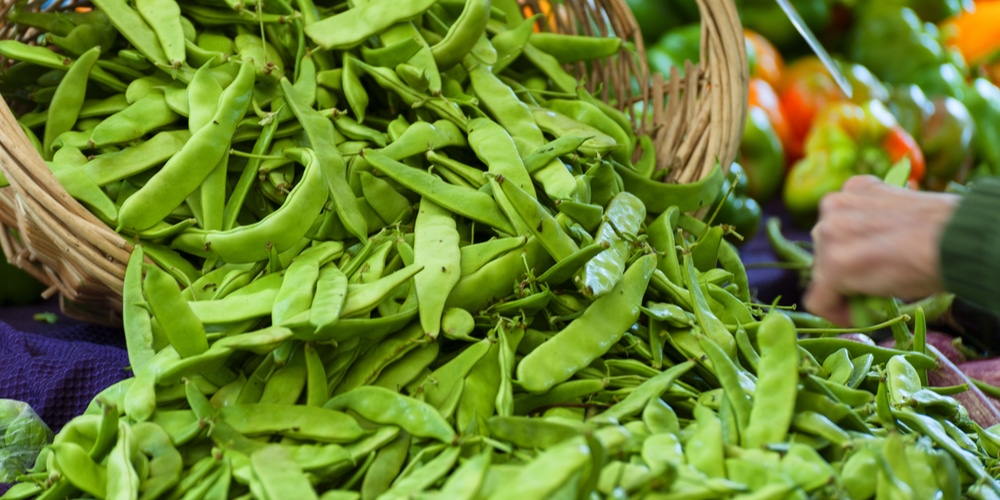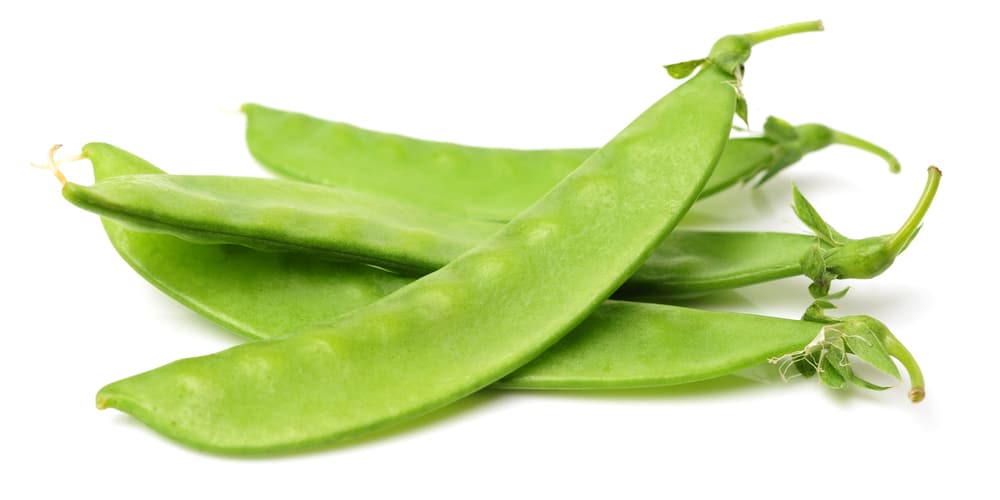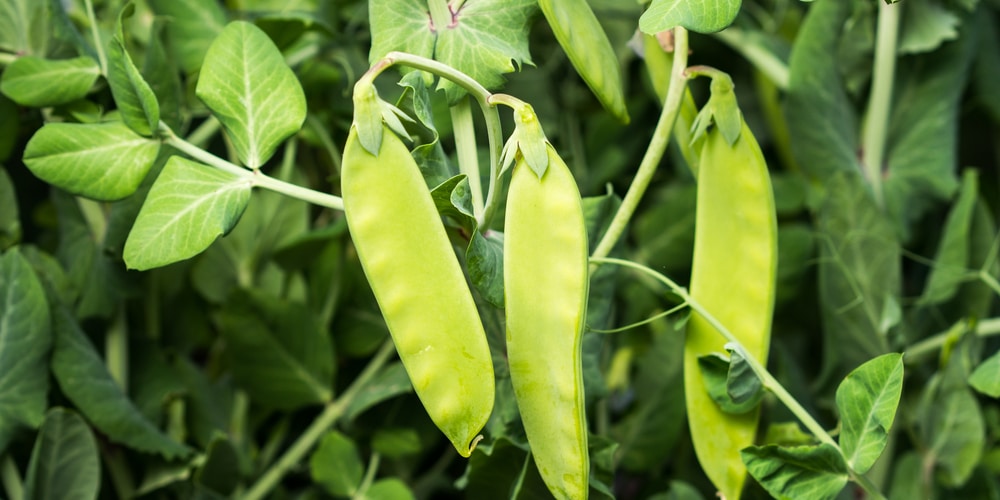When you think of snow peas, you might picture the flat, edible pods popular in Asian cuisine. As part of the legume family, snow peas are actually a type of pea harvested before the peas inside the pod have had a chance to mature and develop.
Compared to other pea varieties, snow peas are relatively easy to grow. Compared to other vegetables, they are also relatively fast-growing, which means you can enjoy a delicious snow pea harvest in just a few months.
Growing Snow Peas: Things You Need to Know
Though they are often overshadowed by their green pea cousins, snow peas are a delicious and versatile vegetable that can add a touch of sweetness to any dish. They’re also hardier than green peas, meaning they can withstand colder temperatures and still produce a bountiful harvest.
If you’re thinking about adding snow peas to your garden, here are a few things you need to know.
USDA Zone
Best planted in the spring, snow peas can be grown in USDA zones 3 through 11. They thrive and do well in temperatures ranging from 60 to 70 degrees Fahrenheit but can tolerate temperatures as low as 20 degrees.
Before planting snow peas, it’s essential to check the temperature in your area. It should be at least 45 degrees Fahrenheit with no chances of frost for the next few days.
While it’s true that snow peas can survive mild frosts, planting them when the temperatures are too cold can delay their growth or prevent them from germinating at all.
Soil Requirements
Aside from the temperatures being just right, your soil also needs to be in good condition before planting.
The ideal pH level for snow peas is between 6.0 and 7.0. If you’re unsure about the quality of your soil, you can purchase a soil test kit from your local nursery or gardening store. This is an excellent addition to your arsenal as a gardener as it will also help you determine what, if any, amendments your soil may need.
As for the soil type, snow peas prefer loose and well-drained loamy soil but can also grow in sandy or clay soils as long as they’re amended with organic matter.
If you find your soil is too dense, you can improve drainage by adding perlite, vermiculite, or sand. These are all readily available at your local garden center.
Organic matter such as compost, rotted leaves, or aged manure can also help improve the quality of your soil. Not only will it make it more loose and easy for roots to grow in, but it will also provide essential nutrients for your plants.
Sunlight Requirements
First and foremost, remember not to plant snow peas in an area with too much sun. They prefer cooler temperatures and partial shade.
An area that gets four to six hours of sunlight a day is ideal. If you live in an area with scorching summers, it’s best to plant snow peas in an area that gets afternoon shade to prevent them from wilting in the heat.
Planting Snow Peas
Once you’re ready with your soil and sunlight requirements, it’s time to plant your snow peas.
If you’re starting with seeds, sow them about an inch deep and 2.5 inches apart. Proper spacing is essential as it allows the plants enough room to grow.
You can also purchase snow pea seedlings from your local nursery or gardening store and transplant them into your garden. Before the transplant, make sure to harden them off. Hardening your snow peas means slowly acclimating them to the outdoors. This way, they won’t experience too much shock when you finally plant them.
Snow Peas Maintenance
Once established, snow peas are relatively low-maintenance.
During the growing season, keep an eye out for pests and diseases. Aphids are a common problem for snow peas as they can quickly destroy the plants. If you notice any aphids, you can remove them by spraying the plants with water or using an organic insecticide.
Another problem you might encounter is powdery mildew. This is a fungus that appears as a white powder on the leaves of your plants. This can be easily avoided by ensuring your plants have enough airflow and aren’t too close together.
Growing snow peas: Final Thoughts
Snow peas are a delicious and healthy addition to any meal. They’re relatively easy to grow and maintain, making them an excellent choice for beginner gardeners.
Don’t be intimidated by the thought of growing your own food. First-timers can quickly grow snow peas with the proper guidance.
Remember to check the temperature, ensure your soil is loose and well-drained, give them enough space to grow, and provide partial shade.
Related article: Aphids on Peas: Why They Infest Your Plants and What to Do?



